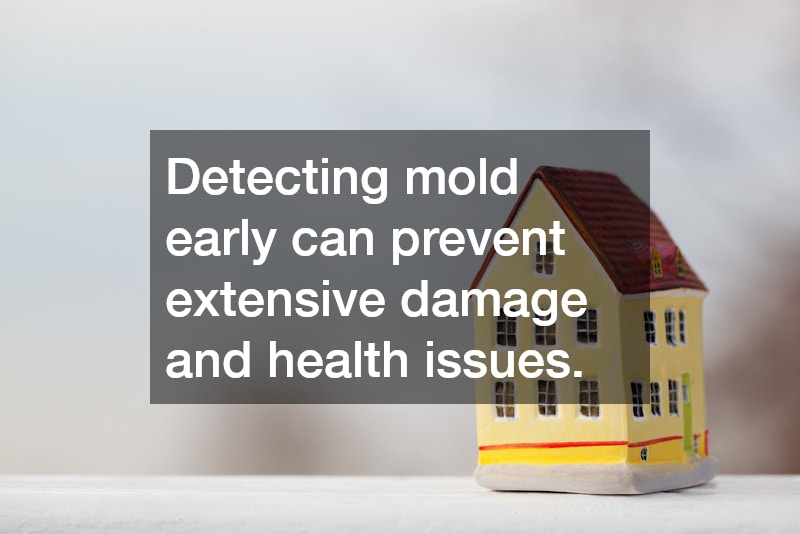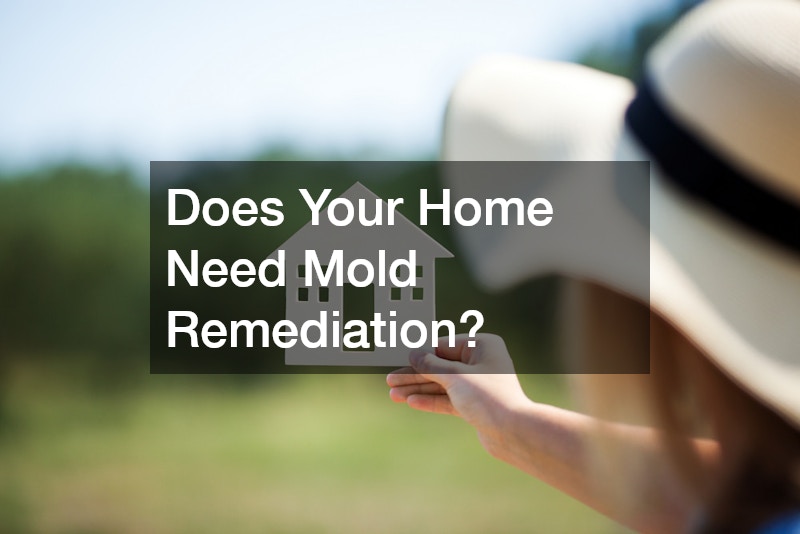
Mold is a type of fungus that grows in filaments and reproduces by forming spores. These spores can be found both indoors and outdoors and thrive in moist environments. Mold can appear in various colors, including black, white, green, or blue. While it plays a vital role in breaking down organic material in nature, indoors, mold becomes a serious issue. When mold invades your home, it can cause structural damage and pose health risks.
Over time, mold can degrade buildings by breaking down wood, drywall, and other materials. This process can weaken structures, leading to costly repairs, which is why homeowners should take mold seriously. In places with high humidity or after a water leak, the likelihood of mold growth increases significantly. Understanding how and where mold grows can help in preventing its onset. Regular inspections and maintenance are key in keeping mold at bay.
Mold is notorious for causing respiratory issues, especially in individuals with allergies or compromised immune systems. The spores released by mold can irritate the airways, leading to symptoms akin to hay fever. For some, prolonged exposure may result in more severe health complications, emphasizing the importance of addressing mold growth promptly. Using a mold remediation service can effectively tackle the problem, ensuring safe and thorough removal. It’s not just about aesthetics; it’s about safeguarding your home and health.
Signs Your Home May Have Mold
Detecting mold early can prevent extensive damage and health issues. One of the most obvious signs is a musty odor, often likened to the smell of damp, which suggests hidden mold growth. If you notice peeling or discolored wallpaper, it might be due to moisture buildup allowing mold to develop behind it. Water stains or discoloration on walls and ceilings are also red flags. These signs often indicate leaks or condensation issues, both common precursors to mold issues.
Another significant indicator is the appearance of black or green spots on your walls, floors, or ceilings. These spots can give away the presence of mold colonies, especially in areas with high moisture levels like bathrooms or basements. If you or family members experience frequent allergy symptoms while at home, mold may be the culprit. Symptoms, such as sneezing, coughing, or skin rashes, may ease when away from the affected environment. Pay attention to any unexplained health symptoms that improve when you spend time outside your house.
It’s also crucial to monitor any past water damage or leaks within your home, as these can be breeding grounds for mold. If previous damp areas weren’t dried out completely, mold could easily develop in these spaces over time. Using a mold remediation service can help assess the extent of mold presence and severity. Typically, professionals will survey the damage, using industry-grade equipment to determine necessary actions. Quick intervention is essential to mitigate mold spread and risks.
The Importance of Mold Remediation
Health Risks Associated with Mold
Mold is more than just an unsightly problem; it poses significant health risks. When mold spores are inhaled, they can trigger allergic reactions and respiratory problems. The severity of these health effects often depends on the individual’s sensitivity to mold and the level of exposure. For sensitive individuals, exposure might lead to severe reactions, like shortness of breath or asthma attacks. Regular exposure can exacerbate pre-existing conditions, making it crucial to eliminate mold swiftly.
Moreover, mold exposure is linked to more severe health issues beyond allergies and asthma. Some molds produce mycotoxins, which are toxic to humans and animals. Prolonged exposure to mycotoxins can result in neurological issues or even immune system suppression. Infants, the elderly, and individuals with compromised health are particularly vulnerable to the effects of mold. Therefore, addressing mold issues is imperative not only for the structural integrity of your home but also for safeguarding your family’s health.
Professional mold remediation services can effectively mitigate these health risks by ensuring a thorough clean-up. They use specialized equipment and methods to remove mold and prevent future growth. By employing a service, you ensure that mold is addressed at its source, significantly reducing the risk of health impacts. Additionally, experts can provide valuable advice on preventing mold from developing in the future. Prevention and prompt action can maintain a healthy and safe home environment.
Why Professional Remediation Services Are Necessary
Attempting to deal with a mold problem on your own can be risky and often ineffective. Mold can spread quickly and is often hidden in hard-to-reach areas, making it challenging to remove completely without professional help. Mold remediation services are equipped with the right tools and expertise to handle mold efficiently and safely. Attempting DIY mold removal can expose you to harmful spores and potentially exacerbate the problem. Professionals, however, follow safety protocols to protect both themselves and your home environment.
Beyond just cleaning visible mold, remediation services assess the root causes of mold growth. They inspect your home to identify moisture problems and recommend solutions to prevent mold recurrence. This approach ensures not only immediate removal but also longer-term prevention. Hiring a professional service can also save time and money in the long run. By addressing both mold and its source, you avoid repeated treatments and ongoing mold concerns.
With a mold remediation service, homeowners receive a comprehensive solution tailored to their specific needs. Professionals provide a detailed plan and communicate each step of the process. This transparency ensures you understand the scale of the issue and the measures needed for resolution. Ultimately, professional remediation is not just about mold removal; it’s about restoring your home to a healthy living space. Secure peace of mind by entrusting experts with your home’s mold issues.
Long-term Prevention Strategies
Effective long-term prevention strategies focus on controlling moisture, as it is the key factor for mold growth. By ensuring that your home is well-ventilated, especially in moisture-prone areas, you significantly reduce mold risks. Regularly inspecting for leaks in roofing, walls, and plumbing also helps prevent moisture accumulation that mold thrives on. Utilizing dehumidifiers in damp areas can maintain optimal humidity levels, further deterring mold development. Regular maintenance and vigilance are vital components of an effective mold prevention strategy.
In addition to moisture control, promptly addressing any water damage is crucial. If a spill occurs, it should be dried completely within 24 to 48 hours to prevent mold growth. Keep gutters clean and direct water away from your home’s foundation to avoid leaks that could lead to moisture issues inside. Being proactive can eliminate the conditions mold needs to thrive, protecting your home from future infestations. Mold prevention is about consistent upkeep and addressing issues as soon as they arise.
Using a sealant on surfaces prone to mold, such as shower tiles and basement walls, can create a protective barrier. These coatings inhibit mold growth and make cleaning easier, providing an additional layer of defense against infestation. Educating family members about mold awareness can also enhance prevention efforts. Since mold can impact everyone in the household, knowing what warning signs to look for can ensure prompt detection and action. When all members are informed and vigilant, they collectively contribute to maintaining a mold-free environment.






